At the 2020 SHOT Show, Palmetto State Armory announced a new 9mm pistol called the PS9 Dagger.
With its combination of features and price, the new gun stands to make quite a splash in the industry.
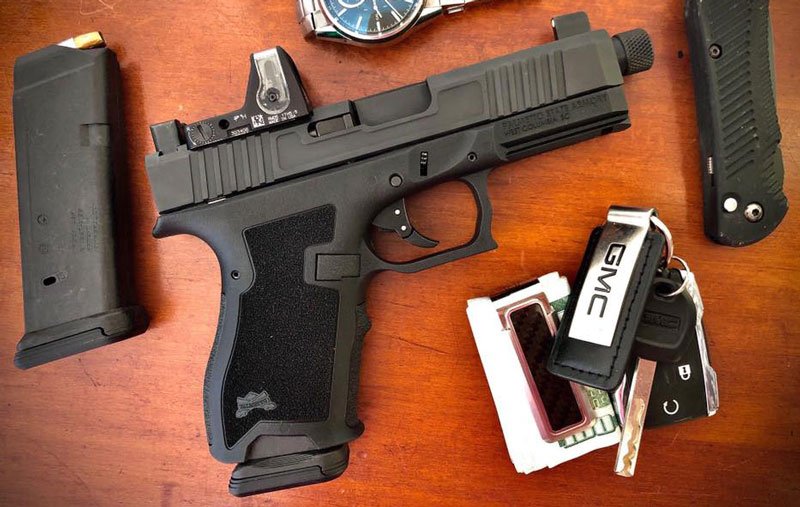
At the 2020 SHOT Show, Palmetto State Armory announced a new 9mm pistol called the PS9 Dagger.
With its combination of features and price, the new gun stands to make quite a splash in the industry.

Blackwater Ammunition is a company to watch. Today’s announcement is one example of why.
At SHOT Show 2020, Blackwater Ammunition announced a new caliber: the BWA 10×100.
The BWA 10×100 is a new design with some very modern technology, but it has roots that stretch back to World War I.
Before I get into the details, let me share that the initial load developed for this cartridge generates more than 11k ft-lbs of energy at the muzzle. Now, let’s talk about this new monster caliber.
Case dimensions and properties are highly important aspects of cartridge design and load development.
The new 10×100 BWA cartridge has the same base diameter, rim thickness and primer pocket as a .50 BMG cartridge. Additionally, the overall length (OAL) of the 10×100 BWA is the same as the .50 BMG.
In other words, many, if not most, .50 BMG rifles can be converted to 10×100 BWA with a barrel change. The bolt, extractor and ejector all work the same with the 10×100 case.
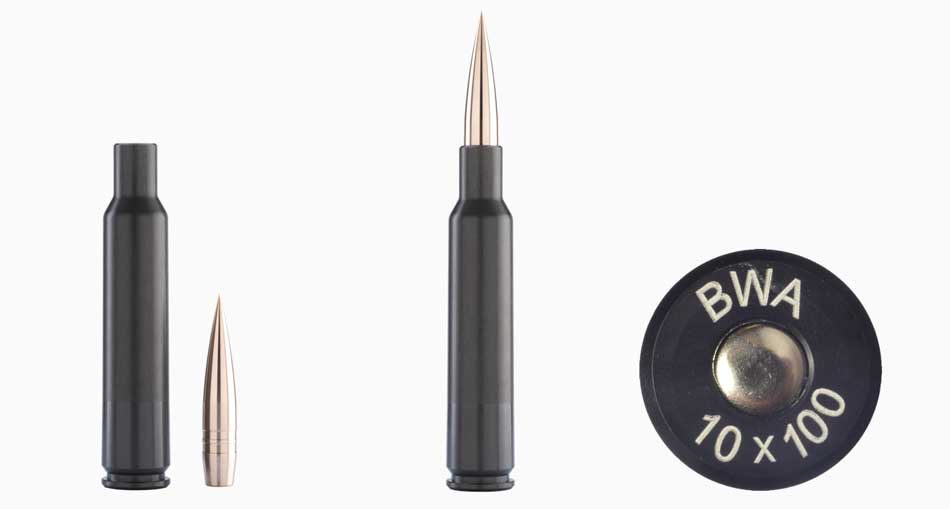
The 10×100 BWA case is 1mm longer than the .50 BMG. That may not seem like a lot, but according to the company, it allows up to 20% more powder to be loaded in each round. But, that may not be the only thing impacting case capacity.
Case technology also plays a role in this new cartridge.
Back in 2018, Blackwater Ammunition and its parent company, Precision Ballistic Manufacturing (PBM), introduced a new case technology that used a two-piece design. According to the company, the pieces were machined from solid metal. This is different than standard brass manufacturing that starts with a small “doughnut” of brass that is drawn (stretched) multiple times.
It is likely that the machined case is stronger than a drawn case. If so, the walls of the case could be thinner and still provide the same strength. Thinner walls would allow for a greater case capacity.
As you might expect, the BWA 10×100 sends large, heavy projectiles downrange. How big? How heavy? How fast?
Right now, Blackwater Ammunition only released data on one load, and it is a doozy.
With a 420-grain monolithic Carobronze bullet, Blackwater Ammunition is able to get 3,500 fps at the muzzle. If my math is correct, that puts the muzzle energy at more than 11,400 ft-lbs. Much like the .50 BMG, you can take out lightly armored vehicles with those kinds of numbers.
[Note: If you’re not familiar with Carobronze, it is a dense, homogeneous copper alloy that is often used in the aerospace industry. It is said to offer very low friction and a high surface hardness – 90 points on the Brinell scale.]
In a head-to-head matchup, the .50 BMG can still generate more raw power. For example, the Federal American Eagle .50 BMG pushes a 660-grain bullet to more than 2,900 fps. That’s roughly 1,000 more ft-lbs of energy.
Keep in mind that energy doesn’t dictate accuracy, nor is an established .50 BMG load vs the first load of a completely new caliber a fair comparison. It is, however, an interesting starting point for the inevitable comparisons and discussions regarding these two rounds.
I’ve reached out to Blackwater Ammunition for additional information on the cases and cartridge. As I get additional information, I will share it here.
In the meantime, I hope you chime in with your thoughts in the comments below.
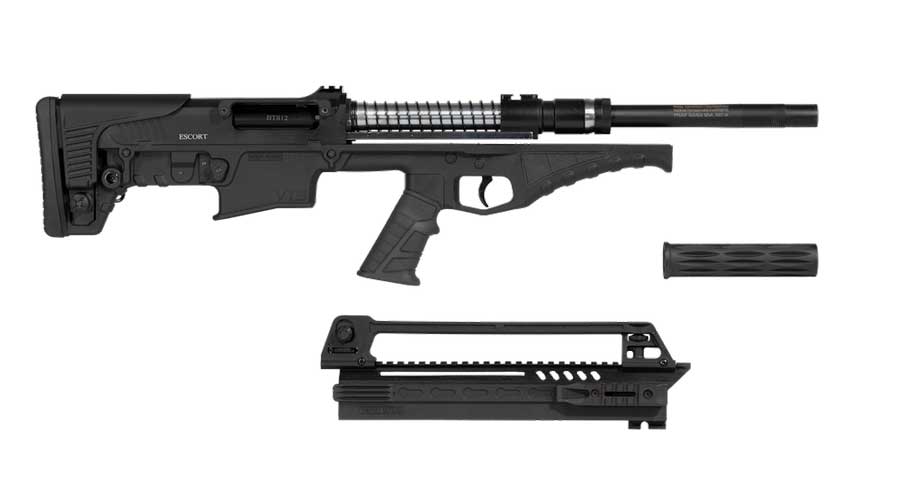
HatsanUSA, the exclusive US importer of firearms from Escort Shotguns, announced a new line of gas-operated scatterguns at SHOT Show 2020.
The new Escort Versatile Tactical Shotgun (VTS) series is designed to replicate many of the controls and features of the AR15-style rifle. The concept is to have shotguns that will very familiar in the hands of shooters who are comfortable with modern rifles.

Escort is making a range of VTS variants. Initially, the company will offer the DF12, SDX and BTS shotguns to the US market.
Let’s take a look at each.
Escort considers the DF12 as the premier VTS model.

Offered only in 12-gauge, the gun is magazine-fed and can chamber both 2.75″ and 3″ shells. The standard magazine capacity is 5 rounds while a 2-round mag will also be available for hunters and others needing more limited capacity.
Like an AR-style rifle, the DF12 has an upper and lower receiver that is held together by a pair of pins. Also like an AR, the upper and lower separate for easy cleaning and maintenance. The receiver halves are made of black anodized aluminum. Escort does not identify the aluminum used other than “aircraft alloy.”
The DF12 barrel is 18″ long and is hard chrome plated. It is internally-threaded for chokes and ships with a slug-friendly cylinder bore choke brake. Included with the shotgun are full and improved cylinder (F and IC) chokes.
Sights consist of a rear aperture in the carry handle with a front post. However, the carry handle is removable, so Escort includes flip-up sights the raplce the carry handle and front tower. You can also add your own optic.
The DF12 is available in two colors: black and flat dark earth (FDE) Cerakote.
The SDX shares a similar configuration as the DF12, but has two significant differences.

First of all, the SDX is available in both 12-gauge and in .410 bore. So, if you are looking for a lighter shooting shotgun, the SDX might be a better choice than the DF12.
The other major difference is that this gun uses a polymer lower and forend instead of aluminum. According to the company, the magazine well has metal guides to ensure proper magazine seating and increased durability.
Like the FD12 shotgun, the SDX is available in both black and FDE.
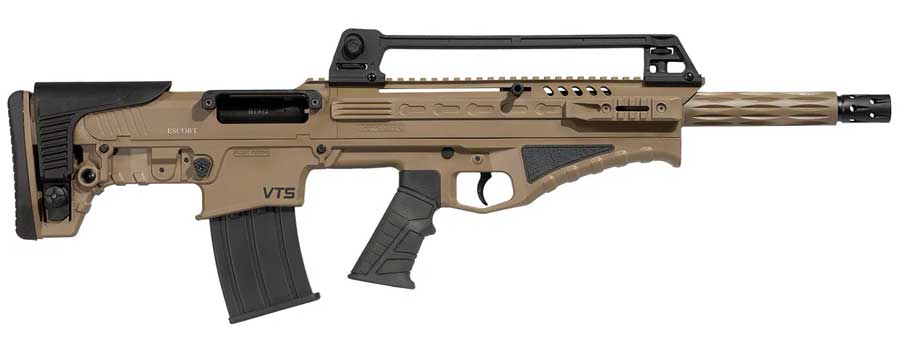
Using the same operating system as the two other shotgun models, the BTS reconfigures the package into a compact bullpup format. Keeping the 18″ barrel, the company is able to reduce the overall length of the shotgun by 9″. This gives the BTS a significant advantage in maneuvering.
Like the SDX, the BTS can be had in 12-gauge and .410 bore.
AR shooters might expect to see a gas tube running above the barrel from the front sight tower. That is not how Escort designed this system.
Instead, the company developed a gas piston that floats around the barrel of the shotgun. According to the company, this improves the efficiency of the system while decreasing the overall weight and size of the shotgun.

By having the piston coming back with equal pressure above and below the barrel, muzzle rise should be reduced. In theory, the recoil should be closer to a straight push backward.
Modern rifle-style shotguns are not an entirely new concept. However, this seems to be a more complete approach to the design. Shooters have three different variants to choose from – two AR-style and a third in a bullpup configuration.
For me, reliability is always a key factor. For a semi-automatic shotgun, I expect it to run with light and heavy loads without a lot of tweaking. I look forward to seeing how the Escort VTS line does.
Pricing starts at $589.99.
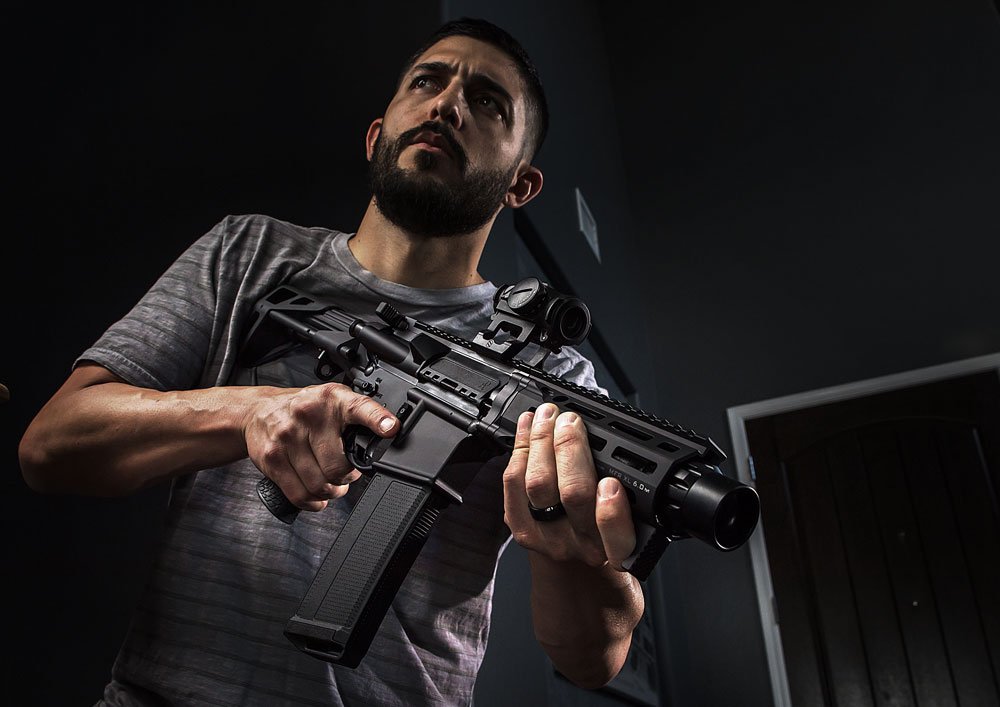
Days ahead of SHOT Show 2020, Daniel Defense teased a new firearm – something that looked like it could be a PDW.
Well, that’s just what they released. Say hello to the new Daniel Defense DDM4 PDW.
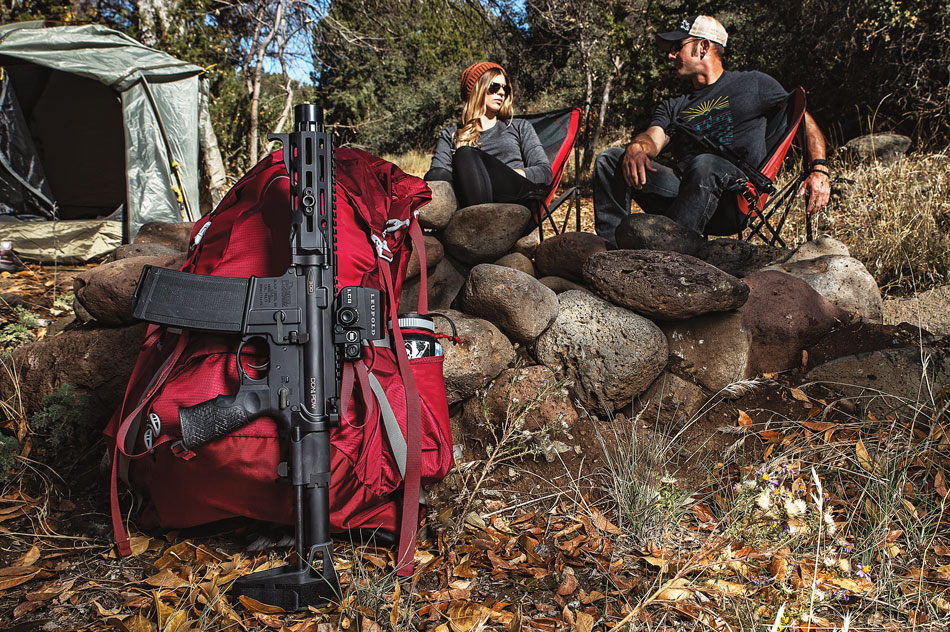
Available in both pistol and SBR configurations, the AR-style weapon system was designed to be both compact and easy to transport. With a 7″ barrel, the pistol version has an overall length of 20.75″. The SBR is slightly longer at 21.0″. This suggests it should be able to fit into backpacks or specialized weapons packs like the ESS Stealth SBR Backpack.


At launch, the guns were only chambered for the 300 BLK cartridge. Over time, the company could introduce other cartridges depending on customer demand.
Pistol variants are equipped with a Maxim Defense CQB Pistol Brace in lieu of a rifle stock. SBR versions are NFA items, meaning additional paperwork and tax stamps, but you get a Maxim Defense CQB Gen 7 collapsible stock.

“I believe our new DDM4 PDW is the absolute best gun you can buy to protect your family. And protecting our families is the most important thing any of us can ever do,” said Daniel Defense President & CEO Marty Daniel. “It’s accurate, easy to shoot, and compact. I couldn’t be any prouder of this groundbreaking product.”
Additional features of these guns:
Daniel Defense shipped both versions of the DDM4 PDW starting in February 2020. They are both still in the company’s catalog at this time.
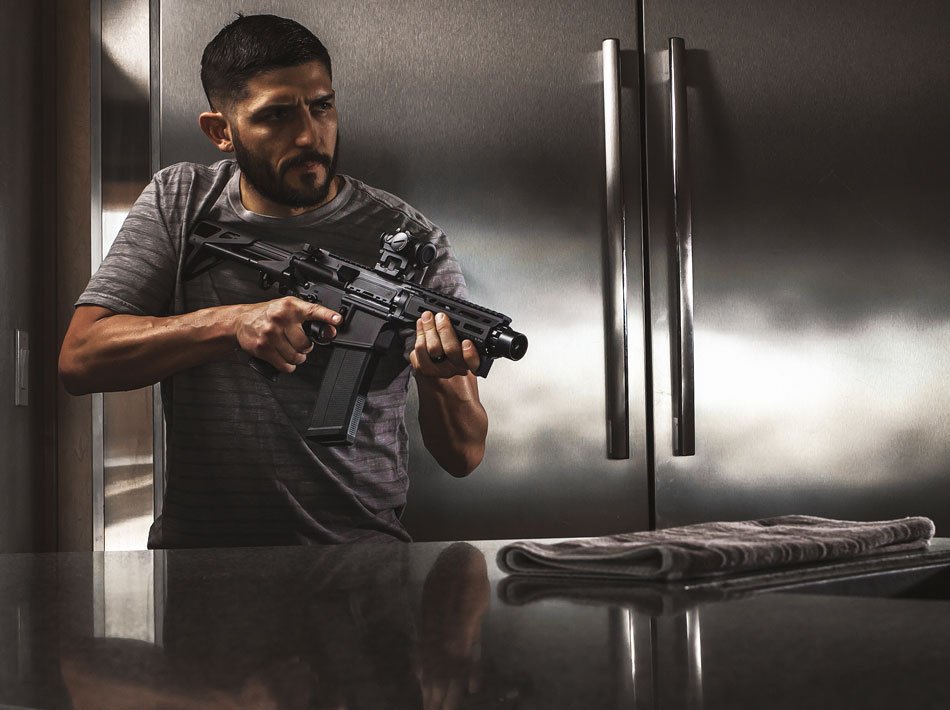
I don’t know about you, but the SBR with a suppressor looks like it would be a fun gun to run and worth the two stamps.
Last Update: September 22, 2021

I like it when companies do unexpected things. Sometimes these outside-the-box ideas change the industry while other times they simply become a curiosity. Either way, it keeps things interesting.
The Ruger-57 is one of those unexpected pistols.
In the days leading up to the SHOT Show, Ruger is rolling out its new products for 2020. Yesterday, the company announced the Lite Rack LCP II. Today, the latest is a handgun chambered for the 5.7×28 cartridge.
Let’s take a look at what this new gun offers.
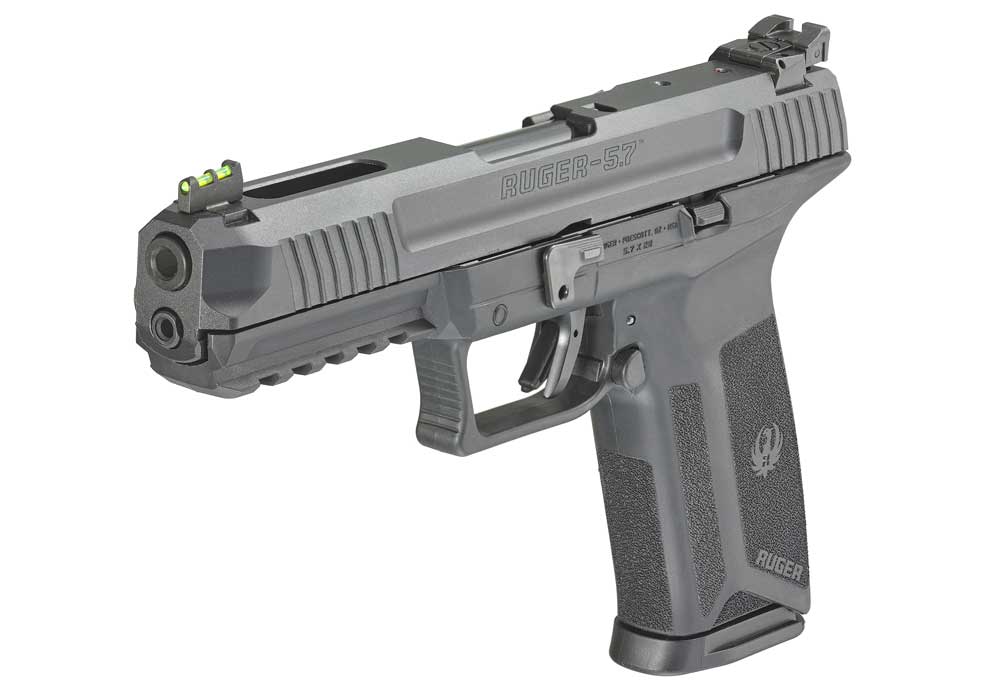
The Ruger 57 is proving to be a very popular pistol. If you cannot pick one up for a reasonable price locally, consider purchasing one through our affiliate links:
I’ve done business with all of these companies and found them to be good people to work with. I willingly spend my own money with them.
The new Ruger-57 is a full-size pistol with a polymer frame. It has a barrel just short of 5″ and a modest weight of 24.5 ounces.
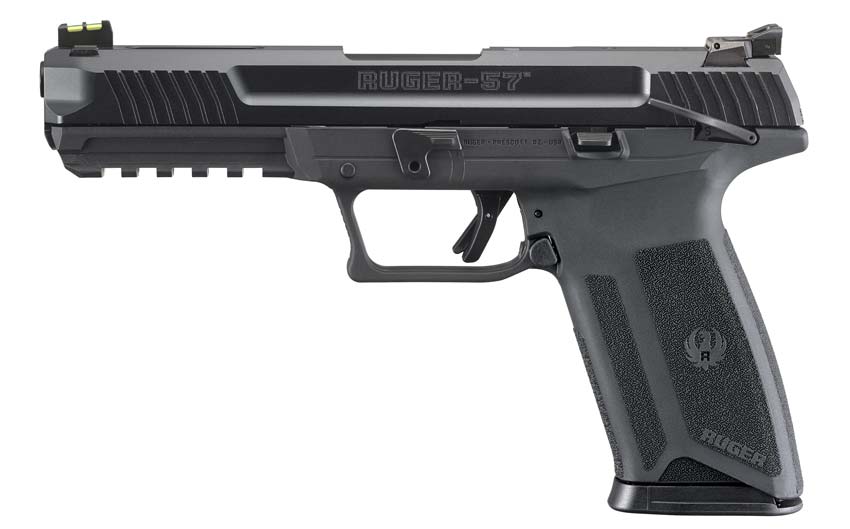
It is a semi-automatic, blowback design. Ruger designed the hammer-fired gun with a 1911-style thumb safety. The safety is ambidextrous for ease of use regardless of which hand grips the pistol.
A front fiber optic sight with a fully adjustable blacked-out rear sight is standard. The gun is red dot ready. Ruger sells multiple mounting plates for the addition of an optic like the Burris FastFire and Vortex Venom.
Standard magazines hold 20 rounds. However, the company also offers limited capacity 10-round magazines for shooters who live in less-free states.
There is a good chance that some of my readers are not familiar with the 5.7×28 cartridge.
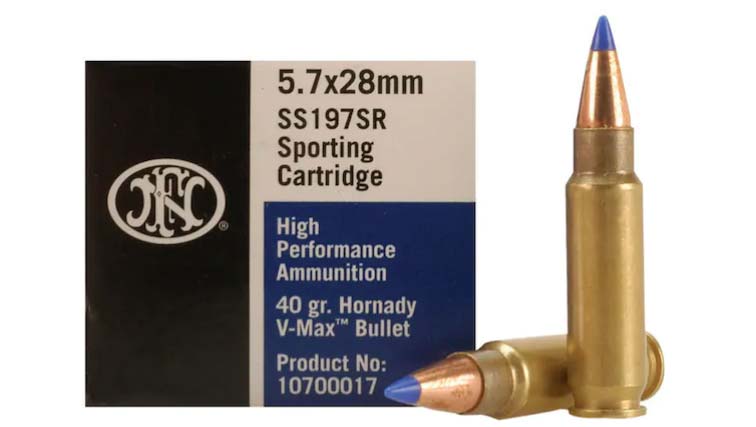
That’s understandable as the cartridge has never secured a large part of the firearms market. Nevertheless, it is a caliber that offers a blend of low recoil, high velocity and the reliability of a centerfire round.
In general terms, it is a cartridge with a bottleneck case and a bullet with a diameter of 0.224″ (5.7mm.) Bullet weights range from about 20 grains to about 50 grains. The cartridge could be thought of like a thinner, shorter .221 Fireball though I have no information that suggests the Fireball directly influenced the 5.7×28 design.
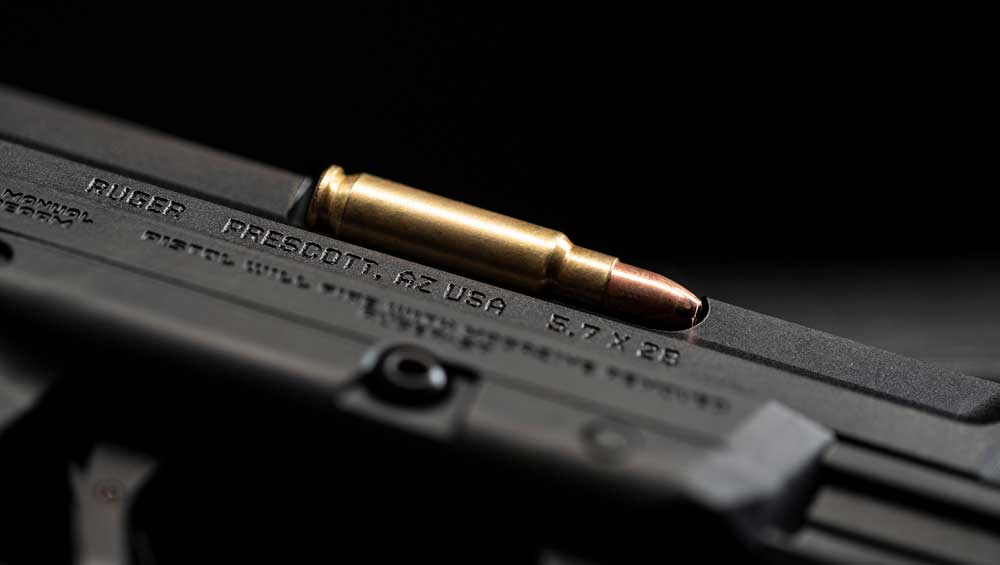
Lightweight projectiles tend to make for less recoil and increased velocities. In my own testing, for example, I found the SS197 load with a 40 grain Hornady V-Max bullet averaged 1,683 fps from a 4.8″ barrel.
FN Herstal developed the round in response to a NATO request for a small arms cartridge that could be fired from a pistol and personal defense weapon (PDW) and could penetrate body armor. Although the cartridge and companion firearms were never adopted in any significant quantity by military units, the cartridge and guns have found use in law enforcement and sporting contexts.
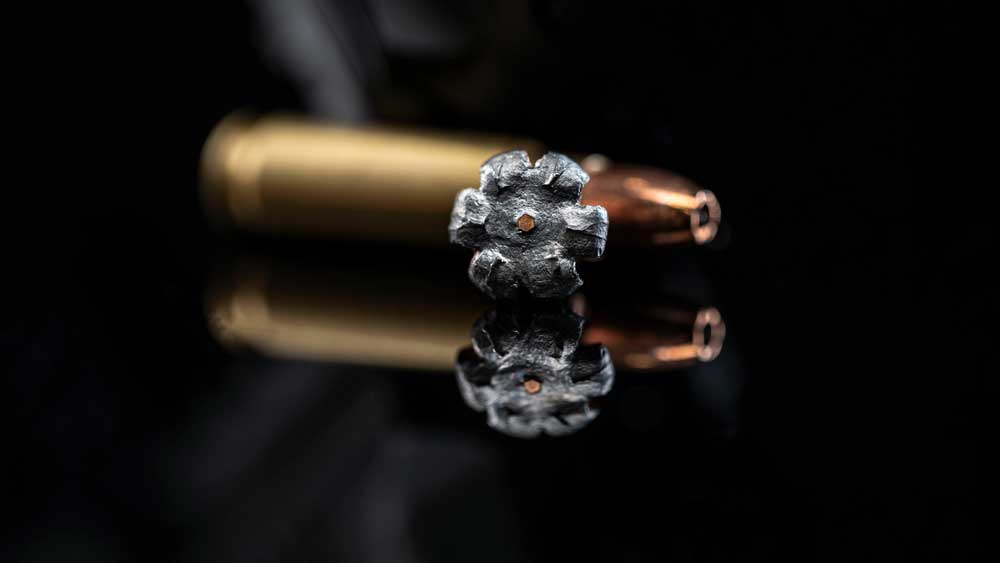
Other than the new Ruger-57, there are few companies manufacturing firearms chambered for this cartridge. FN builds the Five-seveN pistol and PS90 rifle chambered for the 5.7×28. There are also several smaller companies that make or previously made specialty guns for the round including the AR-57 and Masterpiece Arms MPA 57.
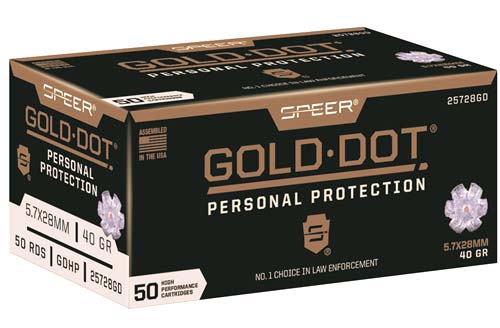
While ammunition selection is fairly limited, Speer introduced a new Gold Dot defensive round for the 5.7×28 at the same time Ruger released this new pistol.
The Speer load uses a 40-grain bullet and will be sold in boxes of 50 rounds. The MSRP is about $1/round but street prices are expected to be about $35-39 for a box of 50.
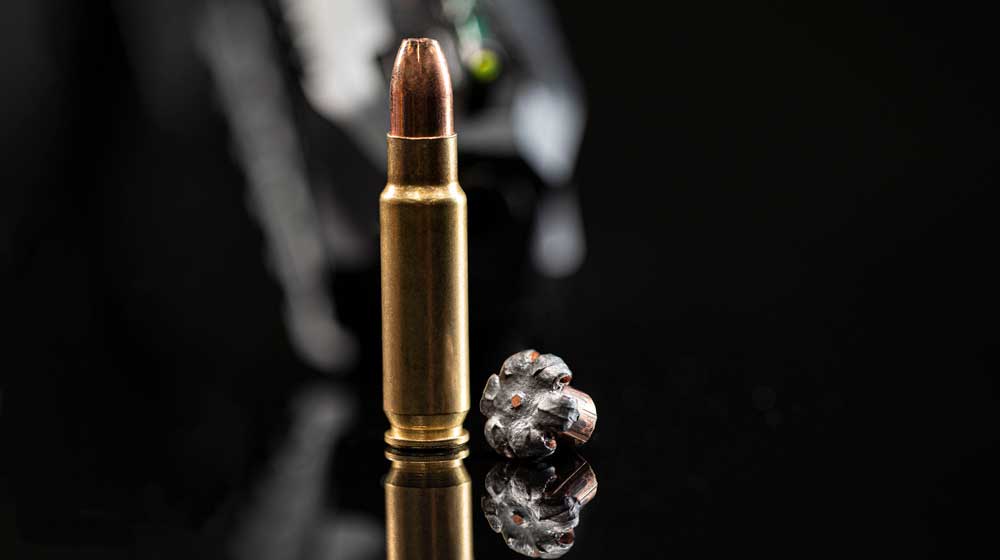
Finding 5.7×28 ammunition is tough in this market. However, you can find Ruger 57 bullets if you do a little digging. Here are two affiliates that have some in stock:
The best choice for 5.7×28 self-defense ammo I can find right now is the Speer Gold Dot load here.
For self-defense, predator control or just plinking on a camping trip, there is a good chance you will need a holster for your new Ruger-57. Fortunately, Ruger had the good sense to work with a number of companies to ensure there would be carry rigs available at launch.
Check out my Ruger-57 Holsters Guide and see what is available.
| Caliber | 5.7×28 |
| Capacity | 20+1 |
| Barrel Length | 4.94″ |
| Overall Length | 8.65″ |
| Height | 5.6″ |
| Weight | 24.5 oz |
| Grip Frame | polymer |
| Finish | matte black |
| MSRP (at launch) | $799 |
| MSRP (2022) | $869 |
I have a positive first impression of the new Ruger-57.
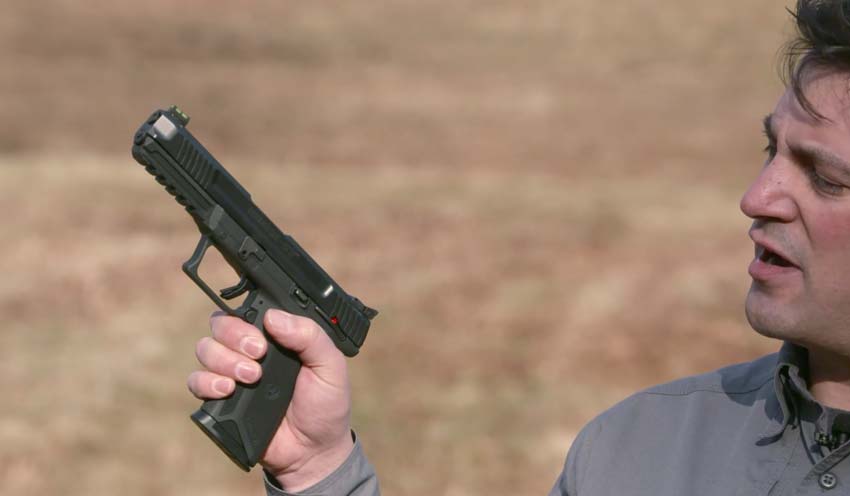
As I always say, the proof will be in the shooting. Even so, I am intrigued by this gun and have high expectations for its performance and the amount of fun it can provide.
The guns are not cheap by Ruger standards, but it is an all-new design and there are costs associated with that. Compared to the FN Five-seveN, the pistol is significantly less expensive – by more than $600. That will definitely bring more shooters to the 5.7×28 niche. I hope that means we will see more ammo made for it as well.
Last Update: October 15, 2022